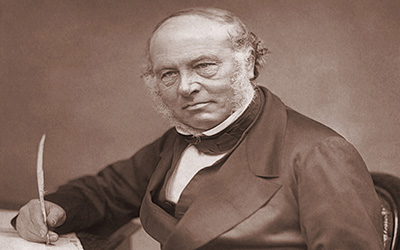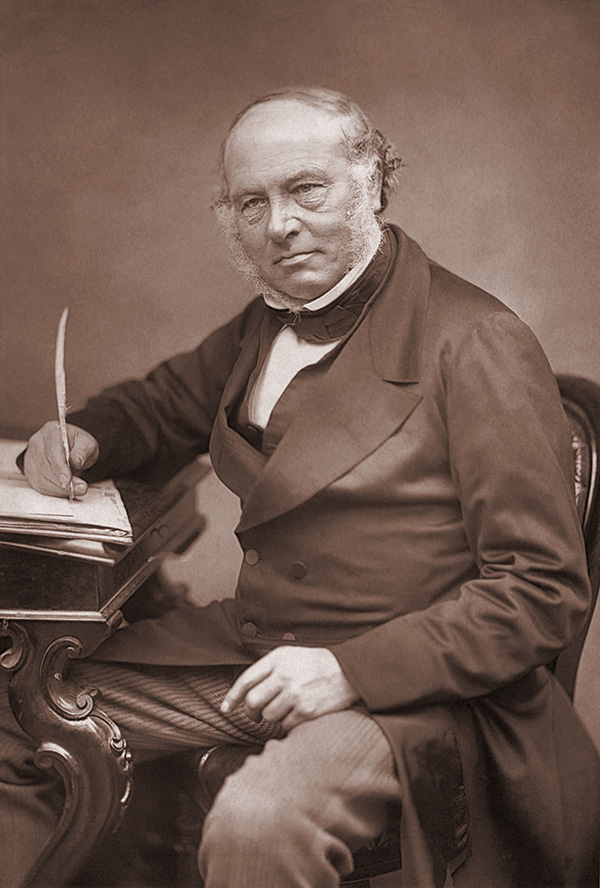stv-voters spared the horrors of how


Penny Postage Revolutionary: Not only did Sir Rowland Hill invent the penny post system, he was responsible for the first public election using the single-transferable-vote system, his father, Thomas Wright Hill’s invention, first used 17 December 1819. image Wikipedia
Updated 31 August 2019to provide the more positive scenario likely for Dr Climate Action, 12 years hence
Five friends meet up to see a movie. Screening is a romance, a horror, a comedy and an arthouse film. The friends hold a verbal ballot, agreeing to go with the highest-polling choice.
Horror of horrors, the horror gets two votes, the rest one each. Two of the friends are fiendishly pleased, but the other three are forced to endure their least favourite genre. Or not…
In the real world, the friends readily arrive at a choice that suits them allunless the majority are profoundly sociopathic—in this hypothetical, let’s say the arthouse film. Humans are well-wired to handle the complexities of such negotiations and do it without consciously thinking about the myriad permutations. This is exactly what preference voting achieves.
In this local government election scenario, there are three positions to fill and the voter is inclined towards three candidates:
- Dr Climate Action—Strongly
- Ms More Amenities—Yes, but not so strongly
- Mr Less Government—Yes, but again, not so strongly
Accordingly, on the ballot paper the voter might rank them:
- ACTION Climate
- AMENITIES More
- GOVERNMENT Less
In the event, Dr Climate Action squeaks in. Next most preferred is Ms More Amenities, followed by Mr Less Government.
But in a first-past-the-post election, the voter may tick a box only:
- ACTION Climate
- AMENITIES More
- GOVERNMENT Less
The result might be very different; More Amenities and Less Government might nudge out Climate Action. And at that point, the voter might severely regret the big ticks given to those two—rather than voting strategically with one tick only, for Climate Action.
Preference voting, and particularly stvthe single-transferable-vote system, unerringly gets to the heart of a voters’ preferences. Votes cast for an insufficiently popular choice are not wasted but are transferred to the voter’s next preference—every vote cast countsprovided the voter ranks at least one choice that is ultimately successful in determining the outcome. It is as though voters have super-polarising glasses enabling them to cast their vote with unerring accuracy. However, read an official explanation of preference voting and the voter will likely run screaming back to the crude simplicity of first-past-the-post.
It is no more necessary to understand the mathematics of the process than it is to understand the mechanics of a car’s automatic transmission, in order to drive it expertly. However, for those compelled to take a peek under the bonnet, the Department of Internal Affairs has the most wonderful animation.
Mercifully, for people with balanced lives, it is unnecessary to know the horrors of how stv works.
Footnote Preference voting is perfect for local government elections. But for central government elections, a proportional mechanism is required to ensure that parties are represented in proportion to the votes they receive. Aotearoa’s mixed member proportional system is superb in this regard, but lacks the preference element. With a quite trivial tune-up, voters could rank local candidates and parties, rather than be allowed to tick only one of each. The pleasing outcome: The number of list members could be reduced from 52 to 29, without sacrificing strict proportionality.
